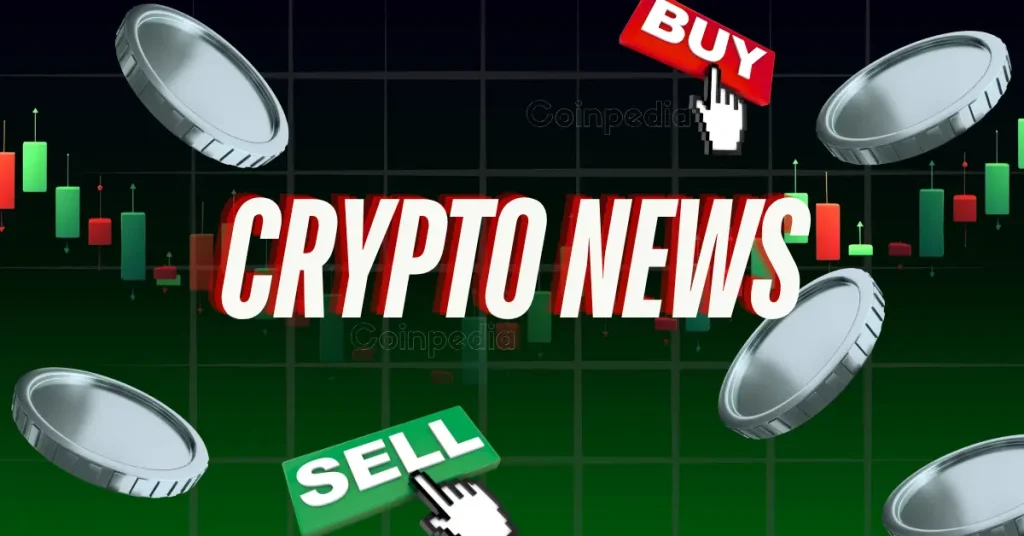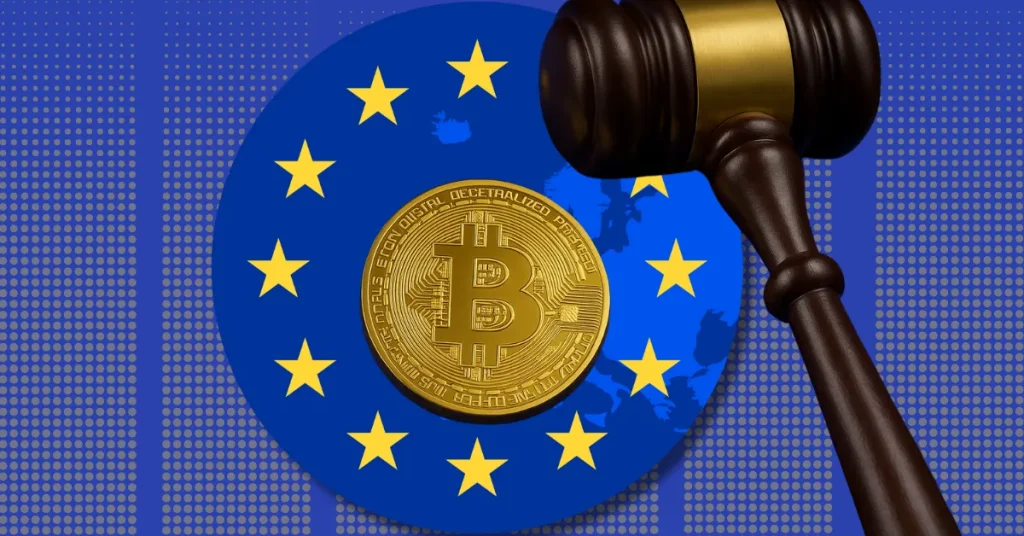
As more companies added blockchain to their strategic roadmaps, so did my frustration. For some reason I kept wondering where the money was to properly understand and incorporate so many different blockchains into the business.
New chain support cost
For Ernst & Young (EY), adding a new chain to its blockchain analytics platform costs about $500,000, and keeping it up to date spends 10-20% of that on an annual basis.
Setting up a network node may not be that difficult, but understanding how the network works and how money transfers work is not. When adding to our network, we carefully examine the transaction processing model (how a transaction is initiated, recorded, processed and reported), the encryption technology behind the transaction, and the risks at each step of the process. When it comes time to assess, even identify control points where validation steps can be performed.
Moreover, these networks are not static. Ethereum undergoes two to four hard forks (upgrades) per year, and other smart contract-based chains evolve at similar speeds. As a result, researching the latest state of multiple blockchains can be costly.
liquidity issues
Cost is not the only issue. Liquidity is also an issue. A look at Automated Market Makers (AMM) reveals extremely low liquidity except for the Ethereum blockchain. Even within the Ethereum blockchain, trading is concentrated in the top tokens. Tokens with no liquidity are much more vulnerable to price manipulation.
Lack of liquidity in poorly regulated markets is one of the main reasons the US Securities and Exchange Commission (SEC) is rejecting Bitcoin (BTC) exchange-traded fund (ETF) applications. We have seen crypto asset prices manipulated many times over the last year. These concerns will not go away, and will continue to discourage companies from interacting and trading with illiquid ecosystems.
Already complex enough, the options for which chains to add are constantly changing. Over the last few years, various “Ethereum killers” have been vying for the No. 2 spot in the ecosystem.
Ethereum dominates the DeFi (decentralized finance) ecosystem, according to DeFilllama’s scorecard, a great indicator of which chain is dominating. DeFiLlama tracks nearly 140 chains, with Binance, Terra, Tron and Celo occupying the second spot in the DeFi ecosystem at times. However, no second-largest chain has ever accounted for more than 20% of the total value of the DeFi ecosystem. The second-largest chain is typically below 10%.
compatibility pitfalls
Alternatively, Ethereum Virtual Machine (EVM) compatibility will not be a useful factor in avoiding the risks of chain adoption. EVM compatibility means that (in theory) an application written for the Ethereum virtual machine can run on any chain that claims to be “compatible”. But theory doesn’t always match reality. As a result, EVM compatibility can actually increase risk.
EVM compatibility is not perfect and each chain has slightly different implementations. EVM compatibility arguably makes it easier to deploy new smart contracts on different chains, but smart contracts may behave differently in a fully “compatible” environment. , compatibility claims may increase the risk of many people adopting without careful consideration.
New errors often occur when smart contracts are deployed from testnet to mainnet. I don’t think cross-chain deployment will be easy under any circumstances.
All this is consistent with our experience. This means that the work required to adapt new assets and services to in-house appraisal tools on the Ethereum blockchain is significantly less than on other chains. The reason is that we already have a good understanding of the underlying ecosystem.
The Ethereum blockchain also offers much higher liquidity than any other chain, all within the same ecosystem, without the risk of cross-chain bridging.
how to predict the future
One way to predict a more regulated future is to examine how the largest centralized or traditional financial institutions view the cryptocurrency market. These companies are heavily regulated and must do extensive work to document their processes and demonstrate that they are truly meeting their responsibilities to their customers. And as we have already seen, many of these companies are limited to Bitcoin and Ethereum (ETH) and are very slow to work.
My prediction is that when the heavily regulated companies start handling more than Bitcoin and Ethereum, they will add multiple tokens from the Ethereum ecosystem and perhaps start working on DeFi services. I used to think this move would start in 2022.
However, market turmoil and increased regulation in the second half of 2022 have slowed many companies’ efforts and forced them to focus more on compliance.
At a time when all chains were growing, venture capital was abundant, and regulatory oversight was lax, these challenges were easy to ignore. But that situation is now a thing of the past, and things have changed. The multi-chain era is coming to an end as costs are cut and regulations tightened.
Mr. Paul Brody: The global blockchain leader of EY (Ernst & Young).
|Translation and editing: Akiko Yamaguchi, Takayuki Masuda
| Image: Cristina Gottardi/CoinDesk
|Original: Regulators Are Bringing the Multichain Era to a Close
The post The multi-chain era is over[Column]| coindesk JAPAN | Coindesk Japan appeared first on Our Bitcoin News.

 2 years ago
117
2 years ago
117














 English (US) ·
English (US) ·